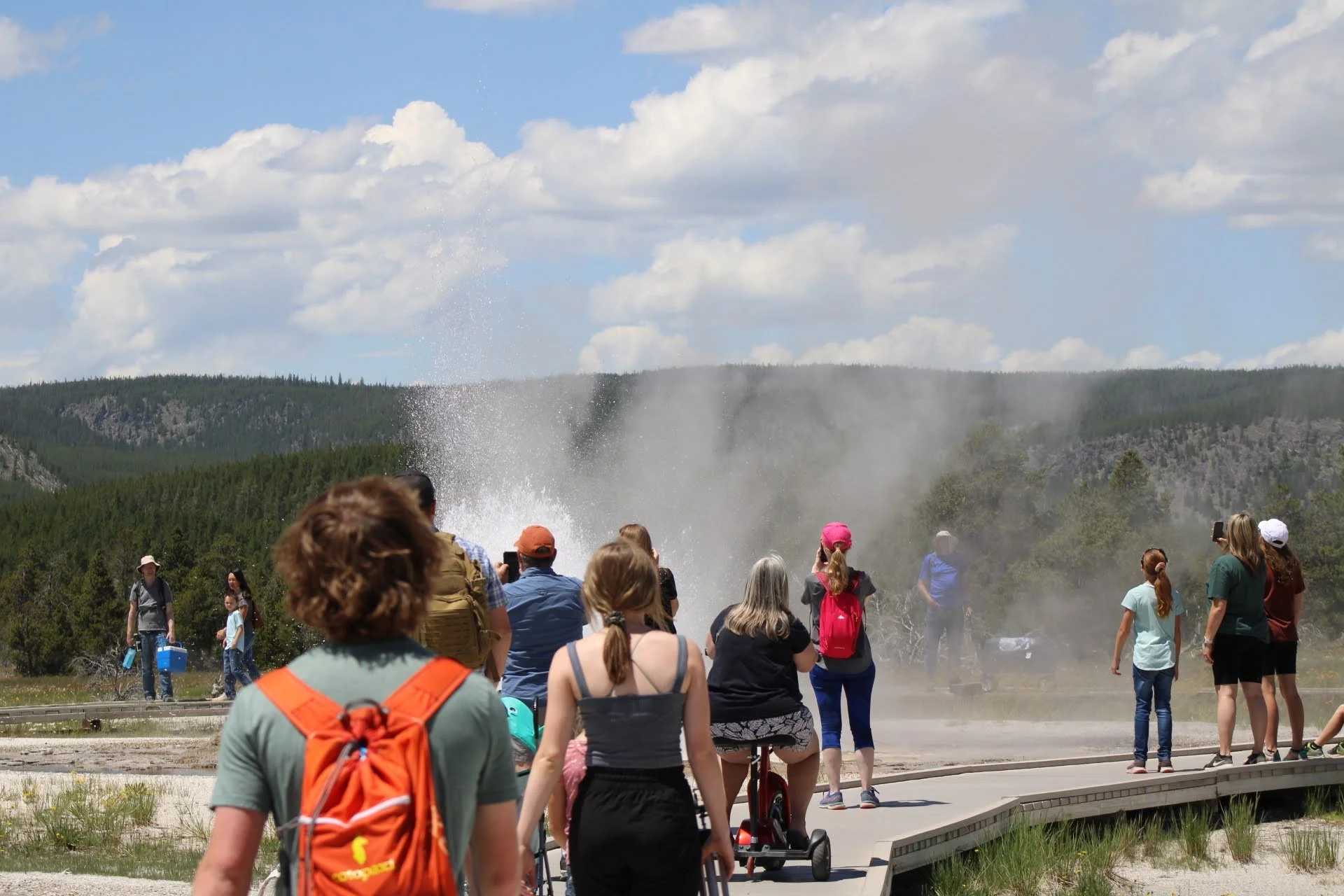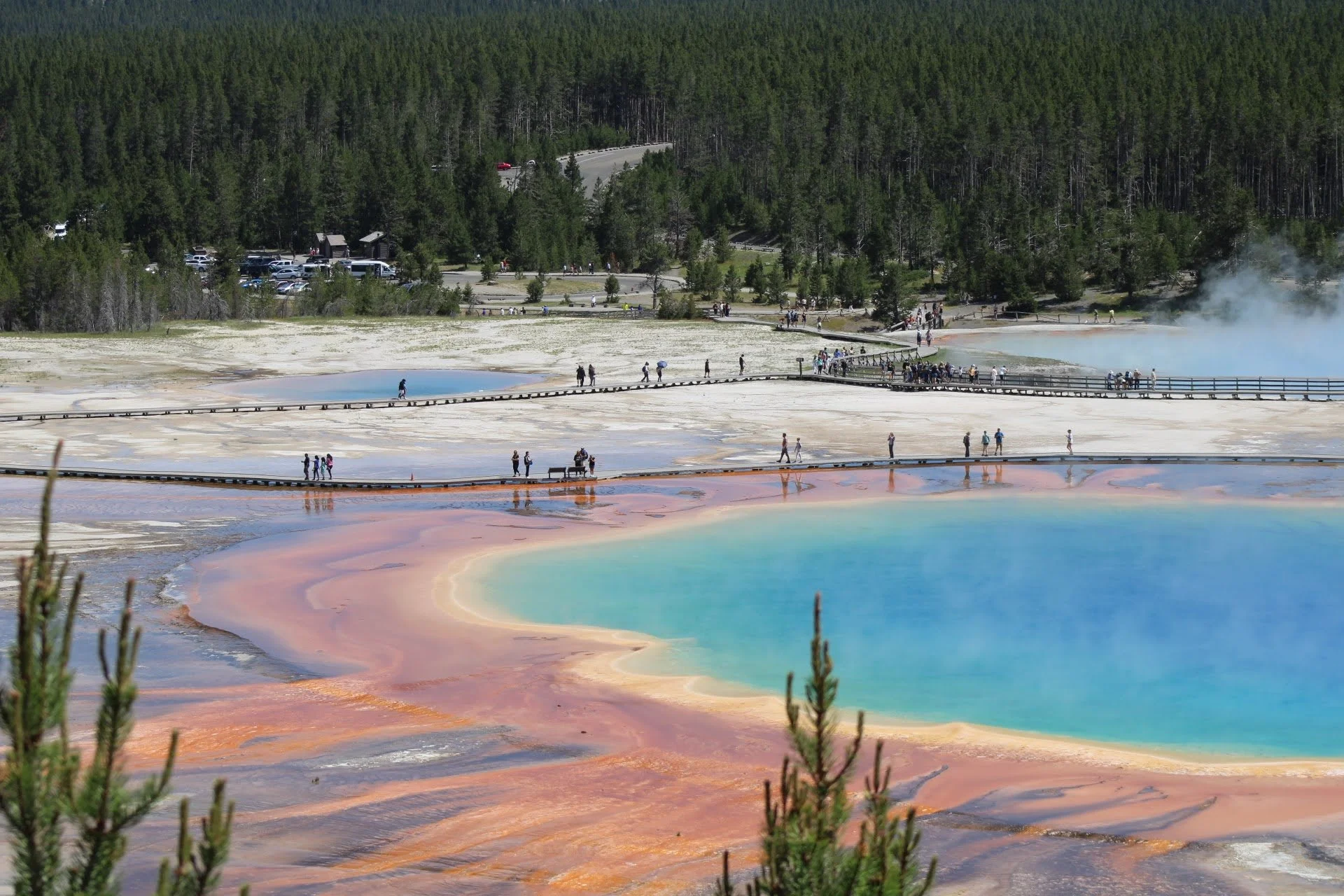Tips For A Great Hike
Geysers Basin - Yellowstone National Park
Hiking is one of my favorite things to do with either my family or with the pack or troop. Getting out into the great outdoors and exploring brings so much peace, happiness, joy, and relaxation into my own life. I have found that for the most part, there are two categories of hikers. Those who hike for the journey and those who hike for the destination. I fall into the category of those who hike for the journey. I’m one who is checking out all the plant life along the trail as we are hiking along. Or I hear a mountain blue bird or woodpecker making noise and I try to pin point where it is. My wife on the other hand, she is one who hikes for the destination. Our last hike had us walking along the boardwalks of Yellowstone National Park and she left me in the dust as we were completing the loop at geyser basin. Now, I’m not saying that one method of hiking is better or worse than the other. Both have their merits.
One thing that does happen when you have a larger group that is mixed with both types of hikers is you start having members pull away from the group and you start to see an accordion type of effect happen along the trail between all the members. There may be parts of the trail where all members are tightly grouped together and then all of a sudden everyone has 20 to 30 feet between themselves and the next hiker. Kind of like how an accordion stretches and bunches together as you pump it while playing. To help you along the trial with your group, here are some tips for a great hike found in the Tiger Den Leader Guide Book.
Grand Prismatic Boardwalk - Yellowstone National Park
Tips For A Great Hike
Practice a “Buddy Check” while on the hike to impress all of its importance.
Designate a “lead hiker and a “trail” or “sweep” hiker. No one passes the lead or falls behind the sweep. These hikers should be able to contact each other, either with radios or by passing a message up the trail. Take care that no one gets separated.
The lead hiker should set a pace that all can maintain. One way to do this is to have the slowest of your group lead the way.
When it’s time for a break, make sure everyone gets a rest - not just the front of the line.
Scouts will forget to look at scenery, so stop the group and point out natural features, animal signs, interesting plants, and other sights.
Make sure Scouts keep a good spacing from the hikers in front of them. there should be enough room to fall over without hitting anyone in front or back for all hikers. Help Scouts overcome the natural inclination to pack together on the trail.
Bring a zippered bag with 1 cup of plaster of paris inside. If you find any animal tacks along the trail, mix some drinking water into the plaster and pour the mix into the tracks.
Grand Prismatic Boardwalk - Yellowstone National Park


